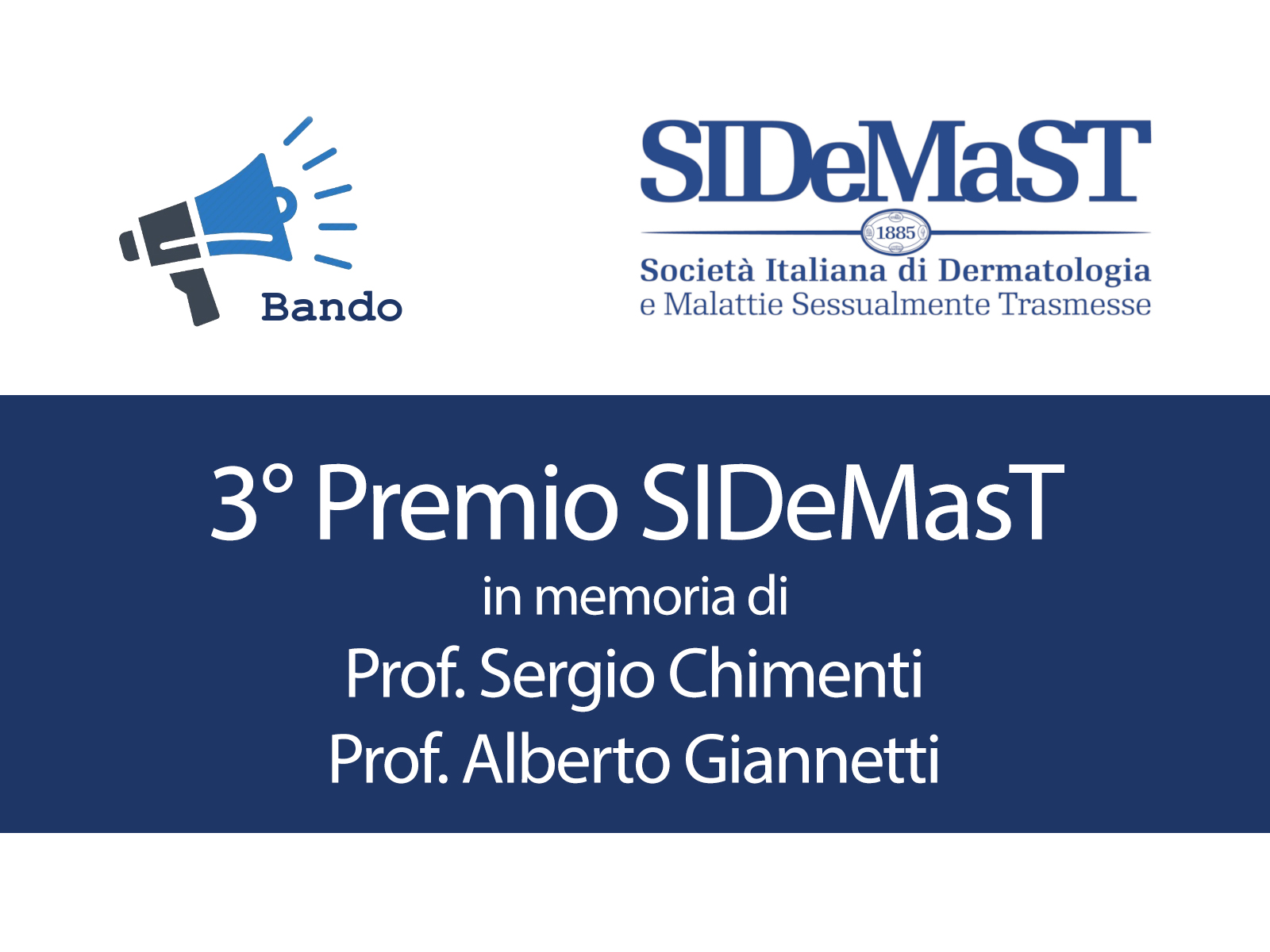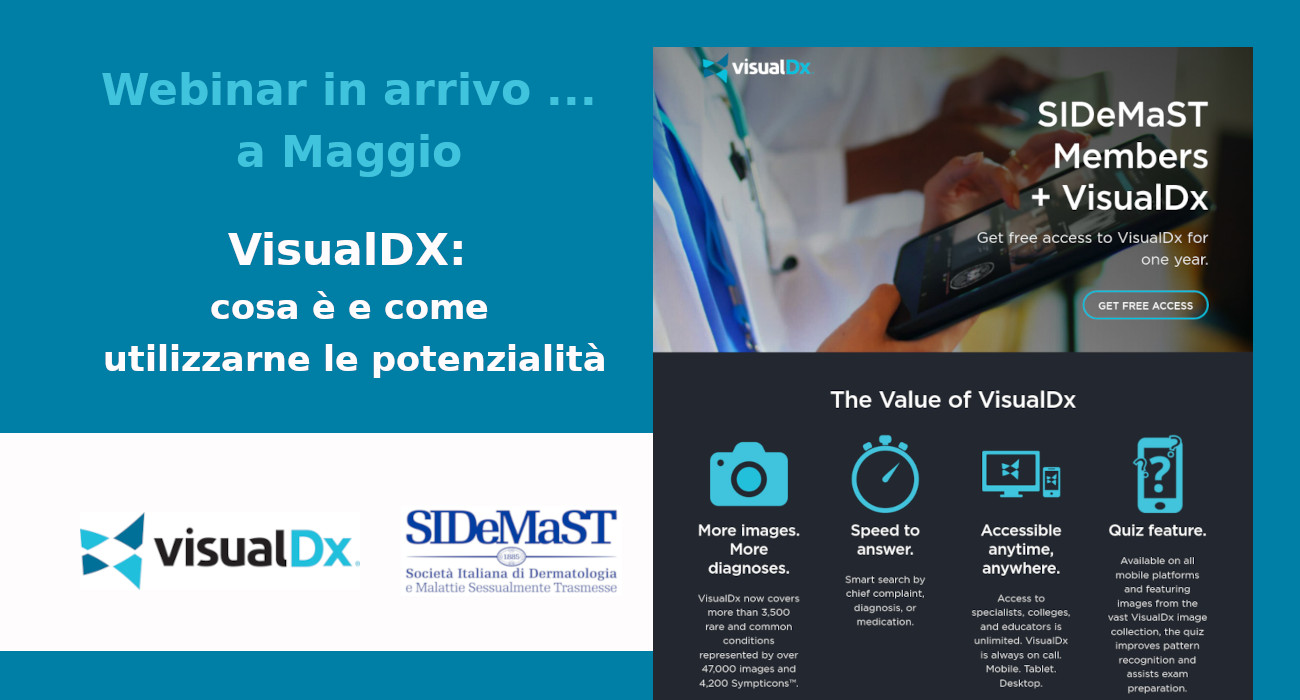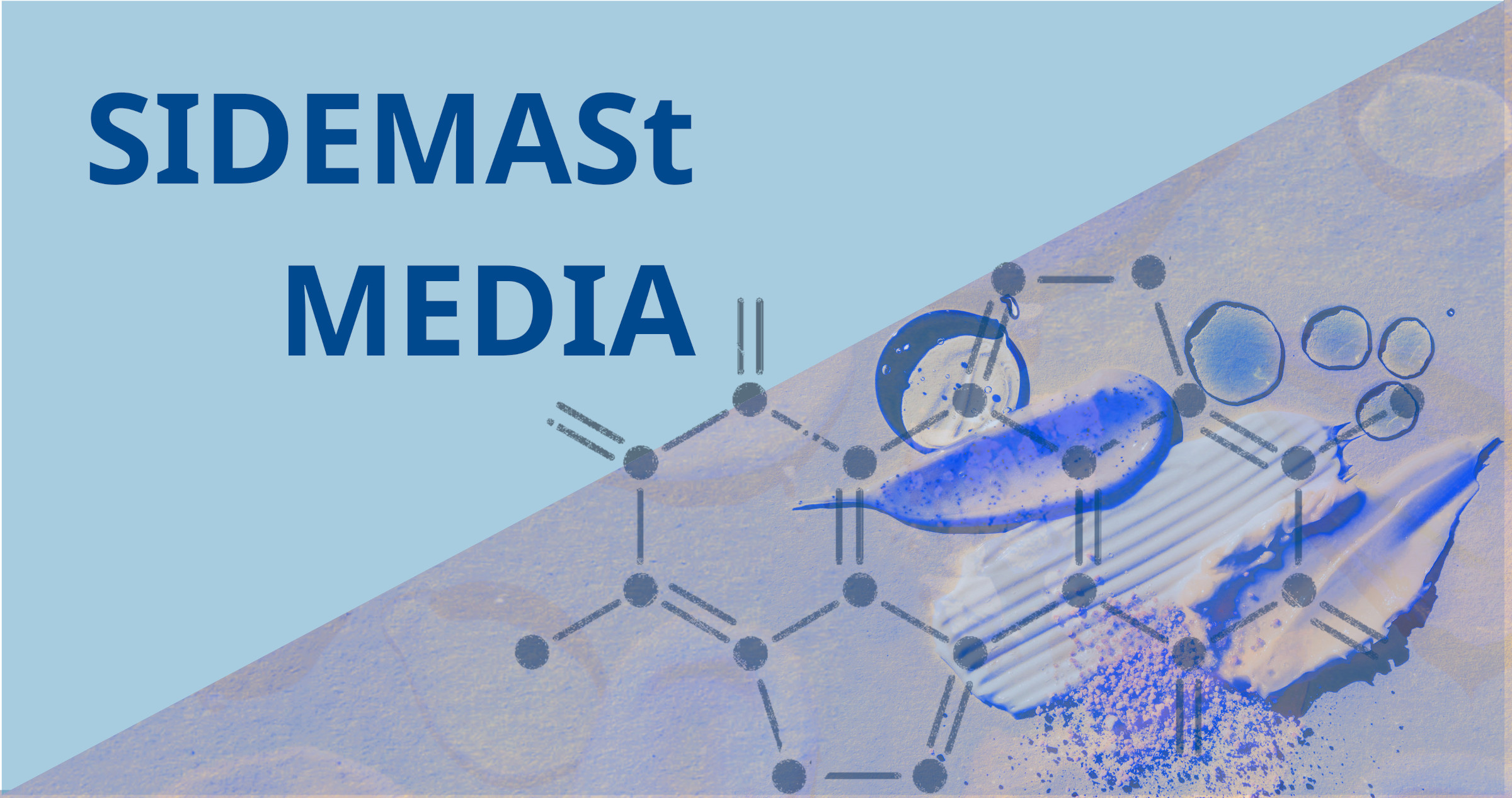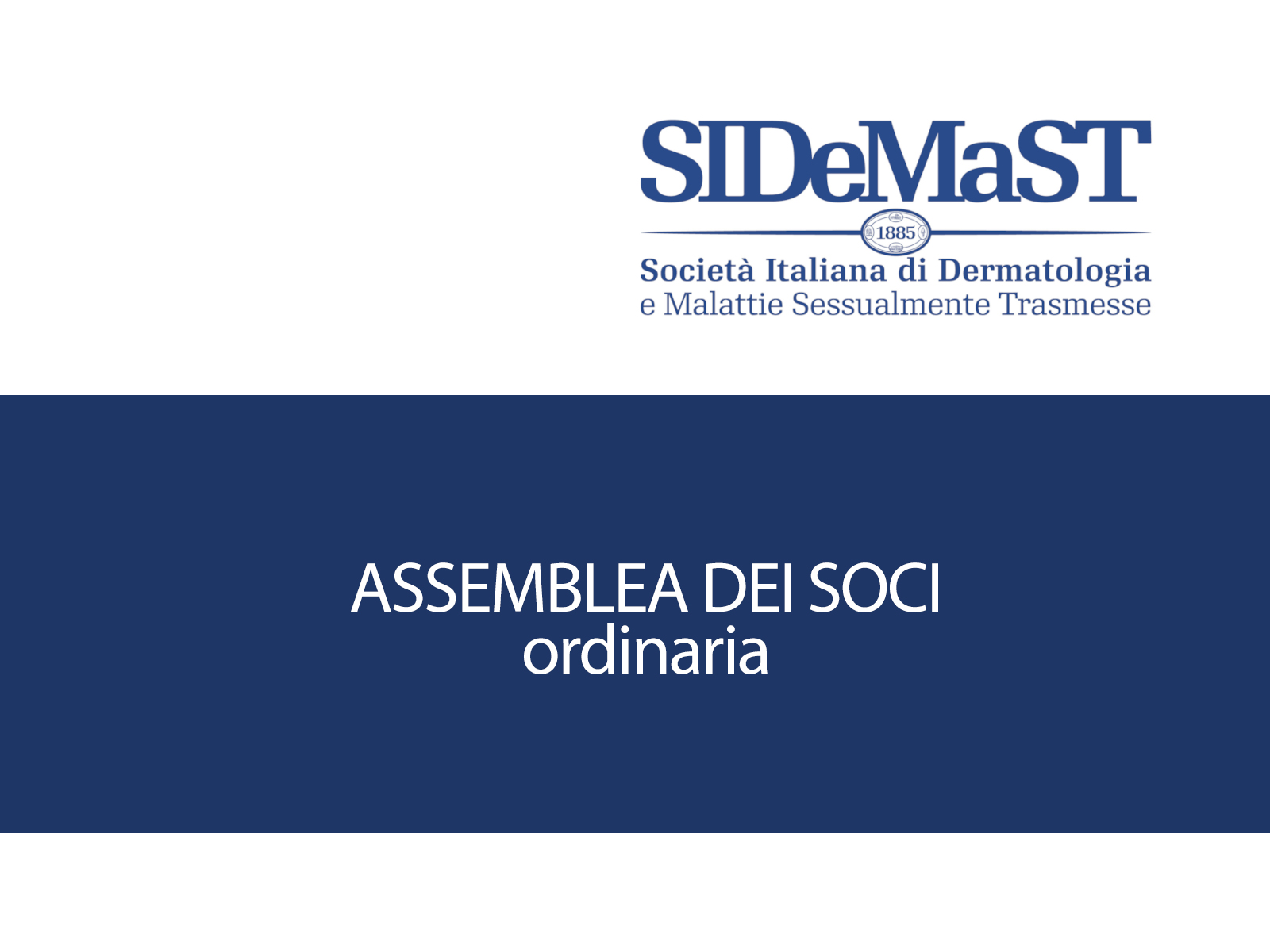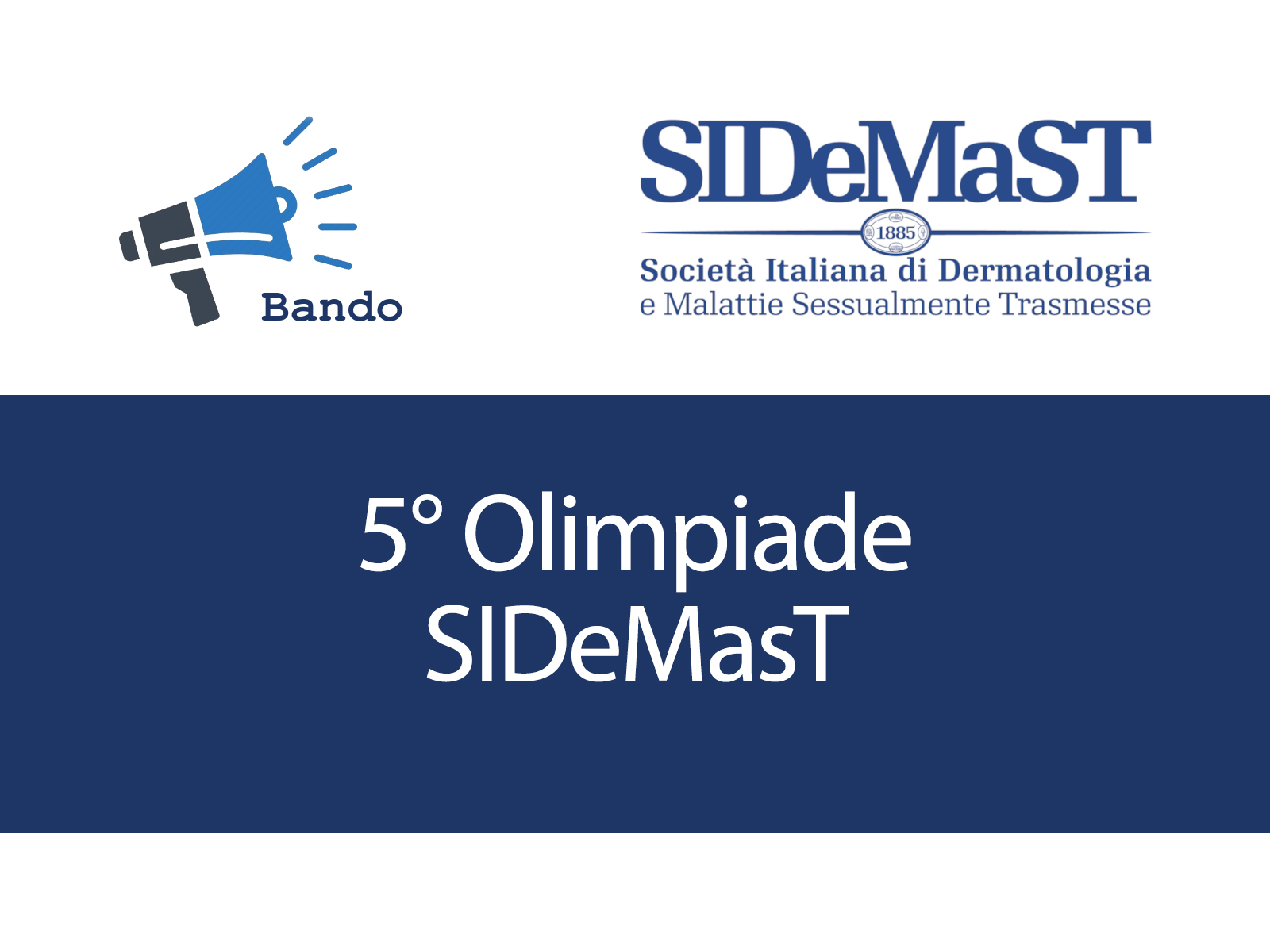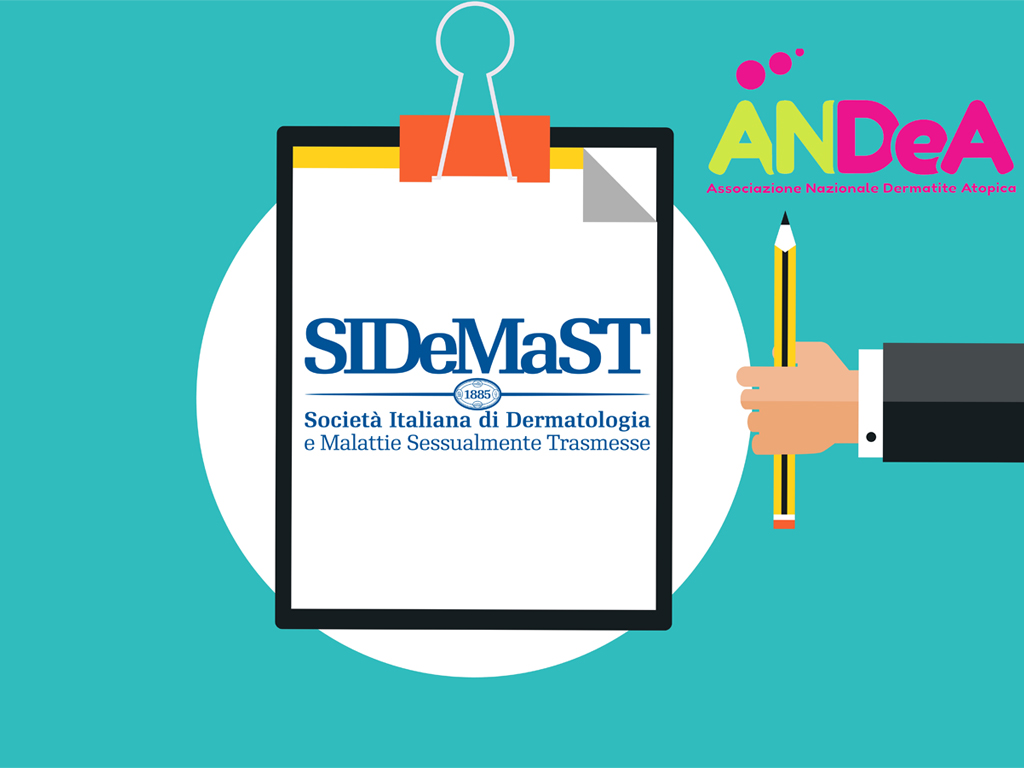LUGANO, 30 October, 2020 – Today at the 29th EADV Congress, EADV Virtual, dermatologists are challenging pre-conceptions to address unmet patient needs in chronic pruritus and prurigo.
Until 2013 there were no randomised controlled trials for chronic prurigo – an inflammatory dermatosis with symmetrical pruriginous lesions and a severe itch-scratch-cycle - but now there are a number of treatments in development. Professor Sonja Ständer, a dermatologist at the Centre for Chronic Pruritus, University Hospital Münster, Germany reviews the latest clinical trial data in her presentation in the Spotlight 2A session at 15:00.[1]
The EADV-funded European Prurigo project reports the need for guidelines and new treatments such as biologics in the management of chronic nodular prurigo (CNPG).[2] Dr Manuel Pedro Pereira, a dermatologist also at the Centre for Chronic Pruritus, presents the results of a survey of 406 CNPG patients with active disease from 12 European countries which shows that most patients are not treated with potent systemic agents leading to high levels of dissatisfaction with therapy.
Finally, the elusive pathophysiology behind ‘uraemic itch,’ associated with end-stage renal disease, has been found.[3]
Professor Ständer, a dermatologist at the Center for Chronic Pruritus, University Hospital Münster, Germany says: “The first Guidelines for Prurigo have just been accepted for publication, and offer a laddered approach to treatment, reflecting disease severity, treatment efficacy and disease time course. These guidelines are a first step to standardising the treatment of this burdenful disease.”
To find out more visit https://www.eadv.org/.
About EADV Virtual:
This year’s Congress is a first in EADV’s history. EADV Virtual - New Frontiers in Dermatology and Venereology provides an exceptional opportunity for colleagues from around the world to explore the latest developments in science and patient care that are at the heart of the academy’s mission. The user experience is immersive and simple to follow. To find out more visit https://eadvvirtualcongress.org/
Prurigo
Prurigo nodularis (PN) is an inflammatory skin disease that causes generalised hyperkeratotic pruriginous nodules and papules.[4] The itching can be intense, causing people to scratch to the point of bleeding and pain – this scratching can then cause more lesions to appear.[5],[6] Although scratching is known to make more nodules appear, it is unclear what causes itching to develop in the first place.5,6 The exact incidence of PN is largely unknown but considered to be rare, however, a majority of patients present between the ages of 51 and 65 years, though cases in other age groups have been observed.[7],[8] While the disease afflicts both genders, it is more frequent and more intense in females.[9]
Pruritus
Pruritus is commonly defined as the unpleasant skin sensation that frequently provokes scratching or rubbing.[10] Rather than being a condition or disease itself, it is a symptom of several different diseases and is commonly associated with primary skin disorders.10 The itching intensity can be mild, moderate or severe and can be accompanied by sleep disorders, discomfort and increased irritability, disturbance of daily activity or general stress.[11],[12] Pruritus may be acute or chronic, localised or generalised.12 Pruritus affects people of all age groups, but more frequently occurs in the elderly.[13] Chronic pruritus affects nearly one-fifth of the general population.13
To find out more visit: https://eadv.org/cms-admin/showfile/9635-EADV%20Pruritus-1.pdf
References:
- [1] Ständer S. Upcoming treatment in pruritus. Presented 30 October 2020 at EADV Virtual.
- [2] Pereira , MP, et al. EUROPEAN PRURIGO PROJECT: PATIENT PERSPECTIVE ON THERAPEUTIC NEEDS AND SATISFACTION. Abstract no 1438 EADV Virtual, 29-31 October 2020
- [3] Wieczorek A, Krajewski P, Kozioł-Gałczynska M, et al. Opioid receptors expression in the skin of haemodialysis patients suffering from uraemic pruritus. J Eur Acad Dermatol Venereol 2020; 34: 2368–2372. https://doi.org/10.1111/jdv.16360]
- [4] American Osteopathic College of Dermatology. Prurigo Nodularis. Available from: http://www.aocd.org/page/PrurigoNodularis Accessed October 2020
- [5] Oakley A. Nodular prurigo. DermNet NZ. (2014). Available from: https://www.dermnetnz.org/topics/nodular-prurigo/ Accessed October 2020
- [6] Prak AH and De la Rosa KM. (2017) Prurigo Nodularis. Medscape Reference; https://emedicine.medscape.com/article/1088032-overview Accessed October 2020
- [7] Iking A, et al. (2013) Prurigo as a symptom of atopic and non-atopic diseases: aetiological survey in a consecutive cohort of 108 patients. J Eur Acad Dermatol Venereol. (5):550-7.
- [8] Boozalis E, et al. (2018) Differences and comorbidities of 909 prurigo nodularis patients. J. Am. Acad. Dermatol. 79(4):714-719.e3
- [9] Fostini AC, Girolomoni G, Tessari G. (2013) Prurigo nodularis: an update on etiopathogenesis and therapy. J Dermatolog Treat. (6):458-62.
- [10] Yonova, D. Pruritus in certain internal diseases. Available from: https://www.ncbi.nlm.nih.gov/pmc/articles/PMC2464269/ Accessed October 2020
- [11] Teofoli P, et al. (1996) Itch and pain. Intern J Dermatol. 35:159–167.
- [12] Stein H, et al. (1996) Pruritometer 1: Portable measuring system for quantifying scratching as an objective measure of cholestatic pruritus. Bio Med Tech Berl; 41:248–252
- [13] EADV. Information leaflet for patients. Pruritus. Available from: https://eadv.org/cms-admin/showfile/9635-EADV%20Pruritus-1.pdf Accessed October 2020


